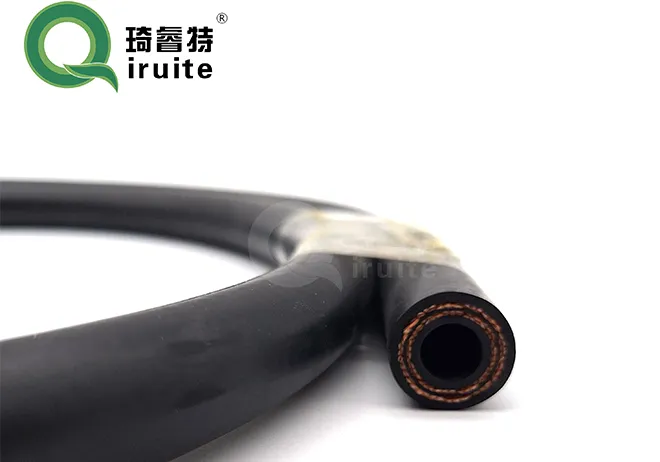nissan quest power steering hose replacement
Replacing the Power Steering Hose on a Nissan Quest A Step-by-Step Guide
The Nissan Quest is a reliable minivan, known for its spacious interior and comfortable ride. However, like any vehicle, it may require maintenance and repairs over time. One common issue that owners face is the need to replace the power steering hose. The power steering system is essential for easy maneuverability, and a faulty hose can lead to leaks, loss of steering assistance, and potential damage to the steering system. In this guide, we will walk you through the process of replacing the power steering hose on a Nissan Quest.
Understanding the Power Steering System
Before diving into the replacement process, it is essential to understand the role of the power steering hose. The power steering system uses hydraulic fluid to assist in steering the vehicle. The power steering hose transports this fluid from the power steering pump to the steering gear. Over time, these hoses can degrade due to wear, exposure to heat, or fluid leaks, necessitating replacement.
Tools and Materials Needed
To replace the power steering hose, you will need the following tools and materials
- Replacement power steering hose (specific to your Nissan Quest model) - Socket set - Wrenches - Screwdriver set - Fluid catch pan - Power steering fluid - Shop towels or rags - Safety glasses and gloves
Step-by-Step Replacement Process
1. Preparation Start by parking your Nissan Quest on a level surface and turning off the engine. Once the engine is cool, disconnect the negative battery terminal to prevent any electrical issues.
2. Locate the Power Steering Hose Open the hood and locate the power steering pump, which is typically mounted near the front of the engine. Follow the hose from the pump to find the point where it connects to the steering gear.
nissan quest power steering hose replacement

3. Drain the Power Steering Fluid Place a fluid catch pan under the power steering pump to catch any fluid that may spill during the replacement process. Use a wrench to loosen the hose clamp at the pump end and disconnect the hose. Allow the fluid to drain completely.
4. Remove the Old Hose After draining the fluid, remove any remaining clamps or fittings securing the power steering hose to the steering gear and pump. You may need a socket or wrench, depending on the type of fittings used. Gently remove the old hose from its connections.
5. Install the New Hose Take the new power steering hose and carefully route it through the engine bay, following the same path as the old hose. Ensure it is not pinched or kinked during installation. Attach the hose to the steering gear first, then connect it to the power steering pump. Use the clamps and fittings you removed earlier to secure the hose in place.
6. Replenish Power Steering Fluid Once the new hose is installed securely, remove the fluid catch pan and pour fresh power steering fluid into the pump reservoir. Check your owner’s manual for the specific type and quantity of fluid required for your Nissan Quest.
7. Bleed the Power Steering System Start the engine and turn the steering wheel from lock to lock several times. This helps to remove any air trapped in the system and ensure proper fluid circulation. Keep an eye on the fluid level and top it off if necessary.
8. Check for Leaks With the engine running, inspect the hose connections and the area around the power steering pump for any signs of leakage. If you notice any leaks, recheck the hose fittings and tighten them as needed.
9. Final Steps Once you confirm that there are no leaks and the power steering system is functioning properly, reconnect the negative battery terminal. Close the hood and take your Nissan Quest for a short test drive to ensure everything is operating smoothly.
Conclusion
Replacing the power steering hose on a Nissan Quest may seem like a daunting task, but with the right tools and careful attention to detail, it can be performed as a DIY project. Regular maintenance of the power steering system can enhance the driving experience and prolong the life of your vehicle. If you’re uncertain about any step in the process, consider consulting a professional mechanic to ensure the job is done safely and correctly. Happy driving!
-
Reliable Brake Line Solutions for Your VehicleNewsJun.05,2025
-
Quick Fix for Leaky Air Conditioning HosesNewsJun.05,2025
-
Powerful Sewer Jetting Solutions for Tough ClogsNewsJun.05,2025
-
Power Steering Hose Problems SolvedNewsJun.05,2025
-
Hose Protectors That Actually WorkNewsJun.05,2025
-
Essential Hose Connectors for Every HomeNewsJun.05,2025

